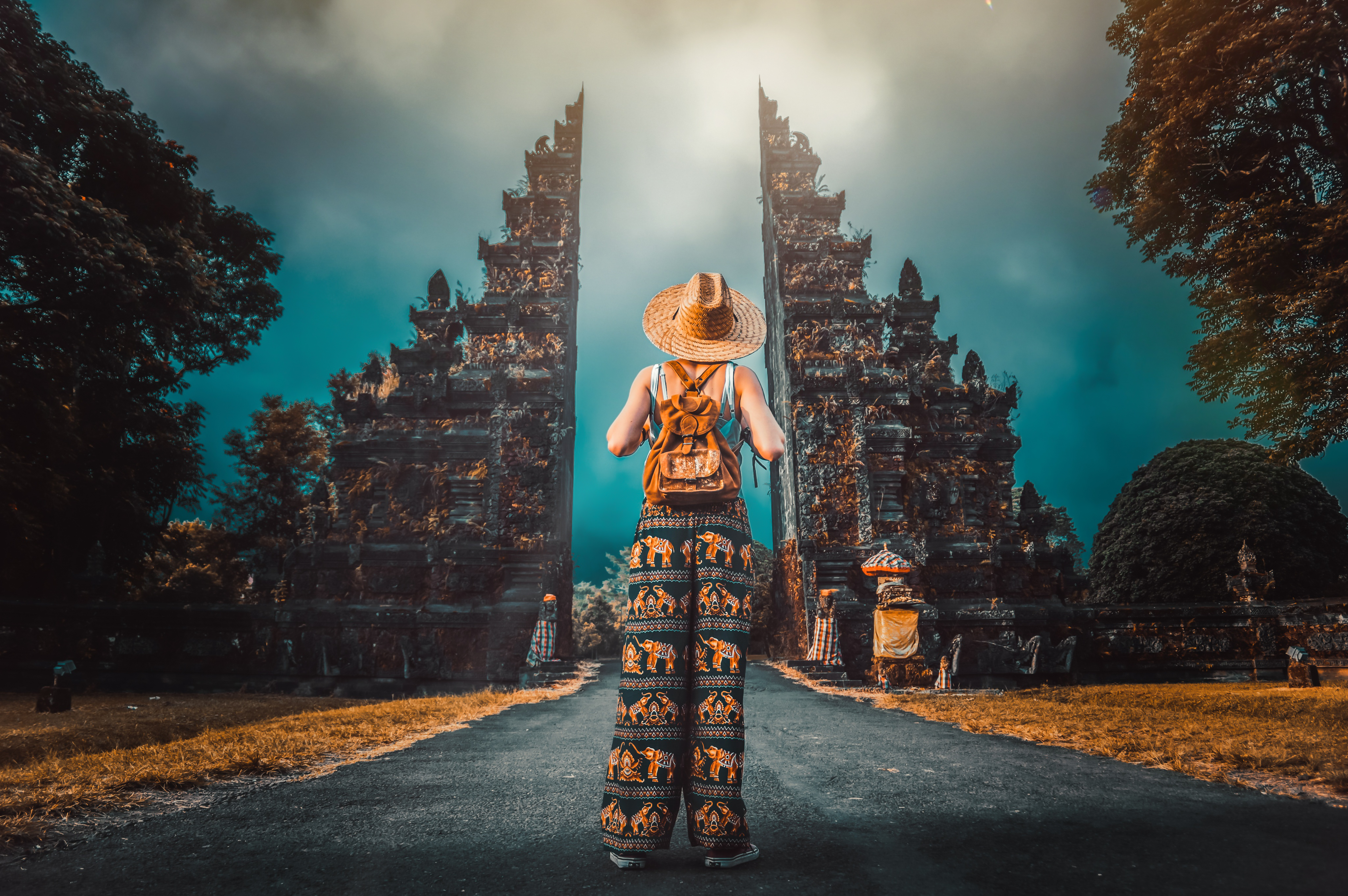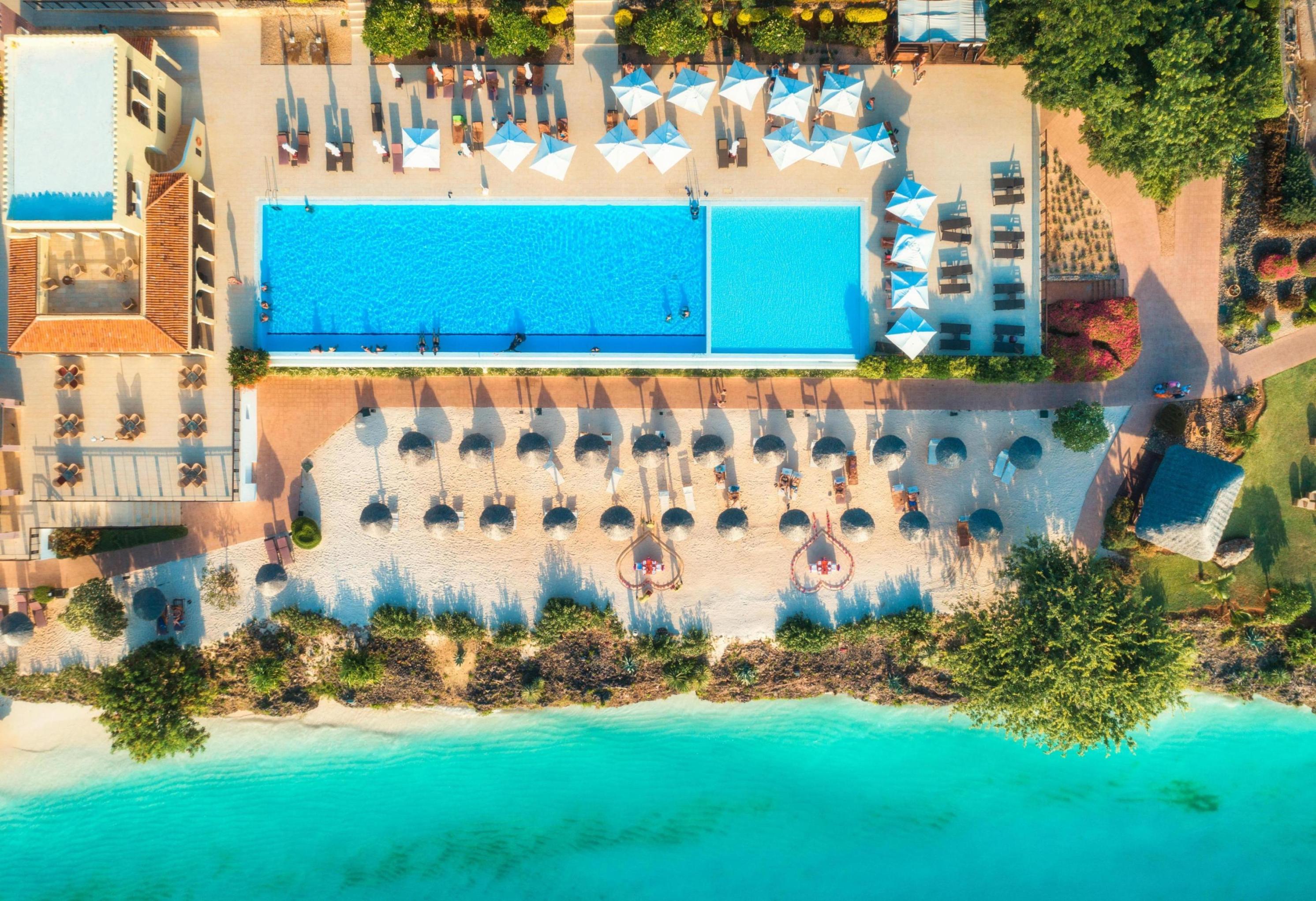Landmark Views: Stadiums with Iconic Backdrops
We tend to remember the skyline—the Eiffel Tower, the Empire State, the Burj Khalifa. But just beyond the camera frame, in the shadows of these global icons, sit structures that are just as awe-inspiring: stadiums. These aren’t just venues for games; they’re feats of engineering, cultural landmarks in their own right, and sometimes, architectural wonders that rival the very landmarks they neighbor. From thunderous coliseums nestled beside ancient ruins to sleek modern arenas framed by famous cityscapes, these stadiums tell powerful stories—of sport, of design, of place. We've expanded our list to 21 iconic stadiums around the world, each hidden in plain sight next to something even more famous. But look again—these arenas deserve their own spotlight. Because sometimes, the most unforgettable moments unfold just outside the postcard view.
1. Wembley Stadium and the Tower of London: A Fusion of Tradition and Modernity
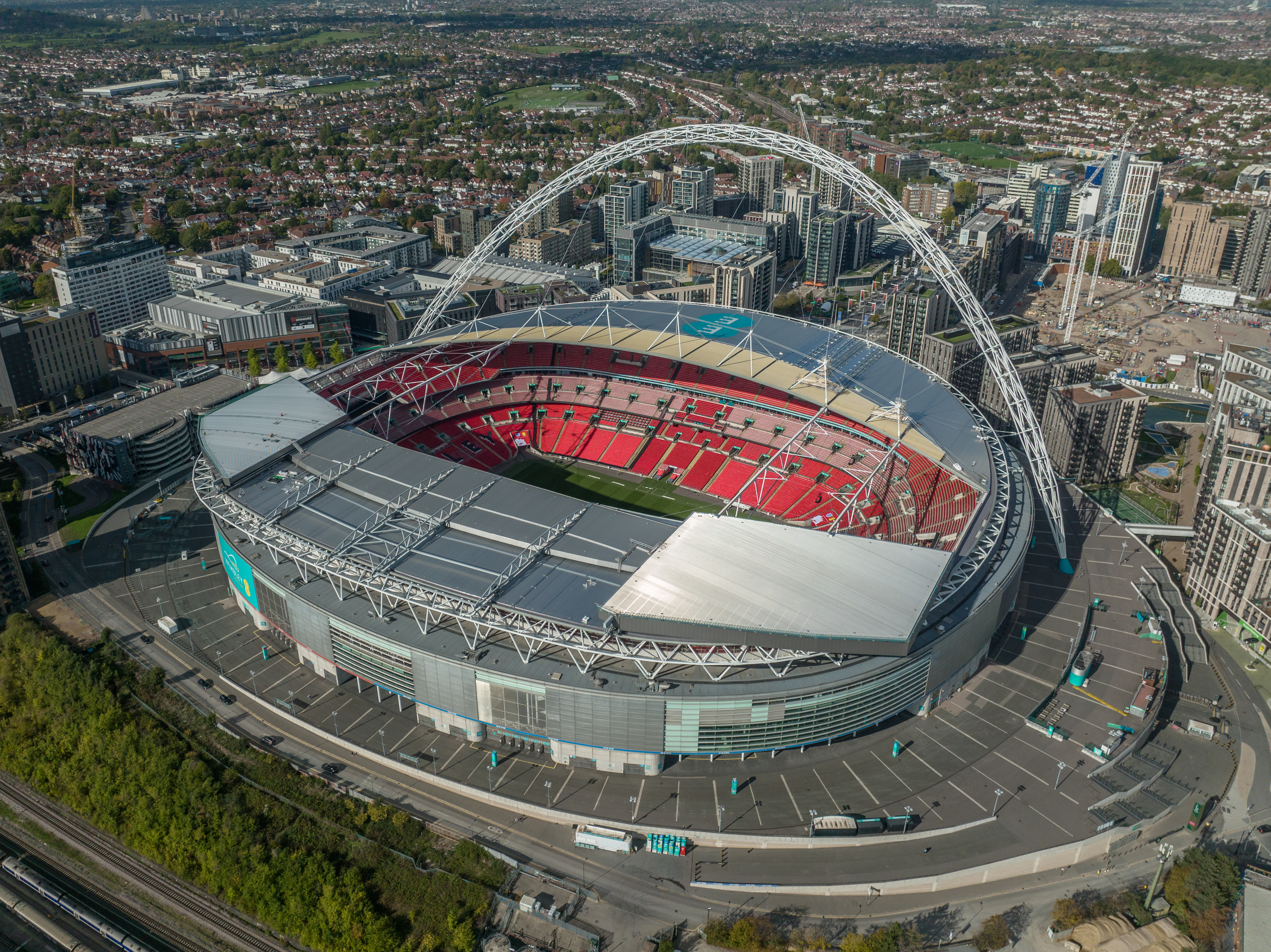
Wembley Stadium is not just a football arena; it is a symbol of English pride and sportsmanship. Located in London, this colossal structure is shadowed by the historic Tower of London, creating a juxtaposition of modern vibrancy and ancient heritage. Wembley, with its iconic arch visible for miles, hosts some of the most significant football matches and concerts, drawing fans from around the globe. Meanwhile, the Tower of London, a UNESCO World Heritage site, stands as a testament to centuries of British history. Visitors can explore the Crown Jewels, walk the ancient walls, and delve into tales of intrigue and royalty. Together, Wembley and the Tower of London offer a comprehensive glimpse into the heart of England, where tradition meets innovation in a city that never ceases to amaze.
2. Camp Nou and La Sagrada Familia: Catalonia's Twin Icons

In Barcelona, Camp Nou stands as the largest stadium in Europe, a testament to the city's passion for football and FC Barcelona's storied legacy. Just a short distance away, the awe-inspiring La Sagrada Familia, designed by the legendary architect Antoni Gaudí, reaches towards the heavens with its intricate spires and detailed facades. Camp Nou is more than just a sports venue; it's a cultural hub where fans gather to celebrate and create memories. La Sagrada Familia, still under construction after more than a century, is a masterpiece of modernist architecture, drawing millions of visitors each year. Together, these two landmarks encapsulate the spirit of Catalonia, blending the fervor of sports with the transcendental beauty of art and architecture.
3. Maracanã Stadium and Christ the Redeemer: Rio's Dual Wonders

Rio de Janeiro is a city of contrasts, where natural beauty meets urban dynamism. The Maracanã Stadium, one of the most famous football arenas in the world, is a symbol of Brazilian passion for the sport. It has hosted numerous historic matches, including World Cup finals, and remains a hallowed ground for football enthusiasts. Overlooking the city from the Corcovado Mountain, the statue of Christ the Redeemer stands with open arms, a symbol of peace and welcome. This iconic landmark offers breathtaking views of Rio's stunning landscape, from the beaches of Copacabana to the lush Tijuca Forest. Together, Maracanã and Christ the Redeemer embody the vibrant spirit of Rio, where sports and spirituality coexist in harmony.
4. Allianz Arena and Neuschwanstein Castle: Bavaria's Architectural Marvels

In the heart of Bavaria, the Allianz Arena is a modern architectural wonder, known for its unique facade that changes colors to reflect the teams playing within. Home to FC Bayern Munich, this stadium is a beacon of contemporary design and engineering. Not far away, nestled in the Bavarian Alps, lies Neuschwanstein Castle, a fairy-tale fortress that inspired Disney's Sleeping Beauty Castle. Built by King Ludwig II, Neuschwanstein is a testament to romantic architecture and a symbol of the region's rich history. The juxtaposition of the futuristic Allianz Arena and the historic grandeur of Neuschwanstein Castle offers visitors a glimpse into Bavaria's diverse cultural landscape, where the past and present coexist in striking harmony.
5. Estadio Azteca and Teotihuacan: Mexico's Historical Tapestry

Mexico City is a vibrant metropolis where ancient history and modern life blend seamlessly. Estadio Azteca, one of the largest stadiums in the world, is a temple of football, having hosted two FIFA World Cup finals. Its significance in the world of sports is matched by the nearby ancient city of Teotihuacan, a UNESCO World Heritage site. Known for its massive pyramids and complex urban layout, Teotihuacan offers a window into the pre-Columbian history of the region. Visitors can explore the Pyramid of the Sun and the Pyramid of the Moon, marveling at the engineering prowess of ancient civilizations. Together, Estadio Azteca and Teotihuacan provide a rich tapestry of Mexican culture, where the echoes of the past resonate with the cheers of the present.
6. Yankee Stadium and the Statue of Liberty: New York's Symbols of Freedom
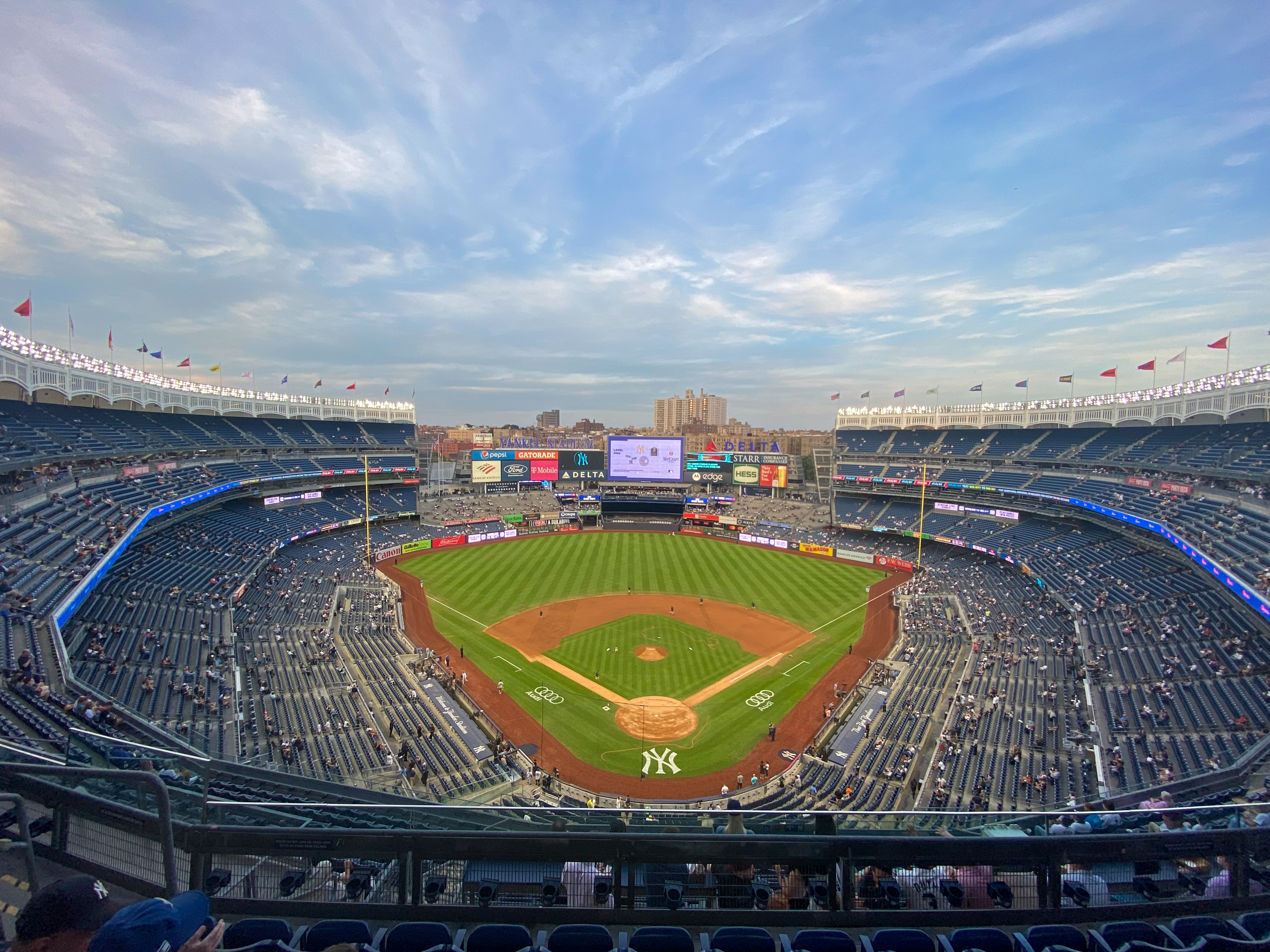
In the bustling city of New York, Yankee Stadium stands as a monument to America's favorite pastime. Home to the New York Yankees, this iconic stadium has witnessed countless historic moments in baseball history. Just a ferry ride away, the Statue of Liberty rises majestically from Liberty Island, a symbol of freedom and hope for millions of immigrants who arrived in America seeking a better life. Together, Yankee Stadium and the Statue of Liberty represent the spirit of New York, a city built on dreams and diversity. Visitors can experience the thrill of a baseball game and the awe of Lady Liberty, capturing the essence of the American experience in one unforgettable visit.
7. Stade de France and the Eiffel Tower: Parisian Elegance and Grandeur

Paris, the City of Light, is renowned for its elegance and cultural richness. The Stade de France, located in the northern suburbs, is a modern architectural masterpiece, hosting major sporting events and concerts. Its design reflects the innovative spirit of France, a nation that cherishes both tradition and progress. Meanwhile, the Eiffel Tower, an enduring symbol of Paris, stands as a testament to human creativity and engineering prowess. Visitors can ascend the tower for panoramic views of the city, marveling at the intricate ironwork and the beauty of the Parisian skyline. Together, Stade de France and the Eiffel Tower embody the grandeur and elegance of Paris, where art, culture, and sports unite in a celebration of human achievement.
8. Melbourne Cricket Ground and the Royal Botanic Gardens: Australia's Sporting and Natural Heritage

In Melbourne, the Melbourne Cricket Ground (MCG) is a hallowed venue for cricket and Australian rules football, steeped in history and tradition. Known as the "G," it has hosted countless memorable matches and is a pilgrimage site for sports fans. Nearby, the Royal Botanic Gardens offer a serene escape from the city's hustle and bustle, showcasing Australia's diverse flora and fauna. Visitors can stroll through lush landscapes, discovering native plants and exotic species. Together, the MCG and the Royal Botanic Gardens highlight Melbourne's unique blend of sporting excellence and natural beauty, inviting visitors to explore the vibrant culture and stunning landscapes of Australia.
9. San Siro Stadium and the Duomo di Milano: Milan's Dual Icons of Passion

In the heart of Milan, San Siro Stadium stands as a beacon of Italian football, home to both AC Milan and Inter Milan. Known for its passionate fans and electric atmosphere, San Siro is a must-visit for any sports enthusiast. Just a short distance away, the Duomo di Milano, a masterpiece of Gothic architecture, rises majestically in the city center. Visitors can explore the cathedral's intricate facades and ascend to the rooftop for breathtaking views of Milan. Together, San Siro and the Duomo capture the essence of Milan, a city where passion for sports and appreciation for art and architecture coexist in perfect harmony.
10. Santiago Bernabéu and the Royal Palace of Madrid: Spain's Royal Sporting Experience
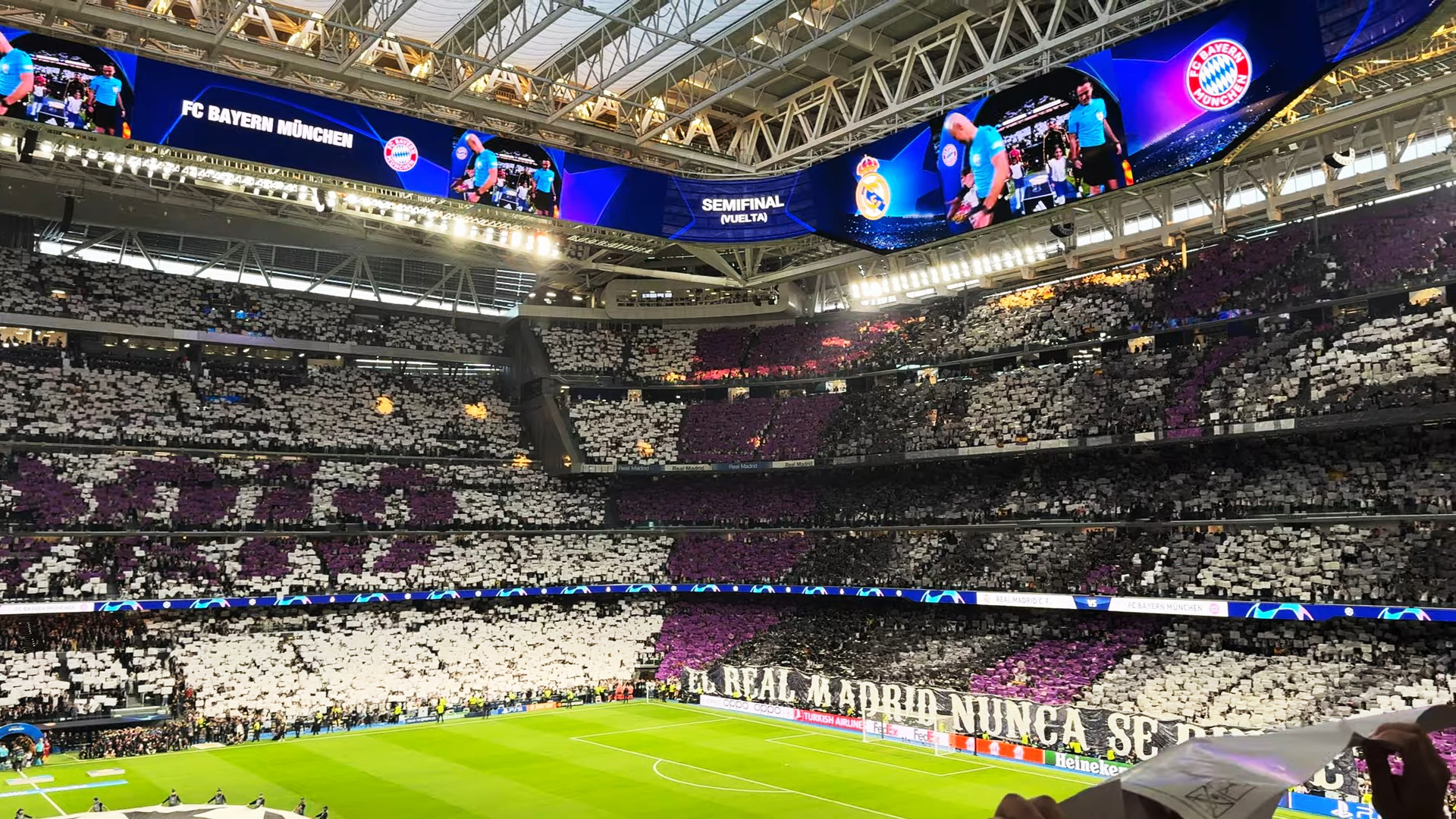
Madrid, the vibrant capital of Spain, is home to the Santiago Bernabéu Stadium, a symbol of football excellence and the home of Real Madrid. Renowned for its storied history and passionate fans, the Bernabéu is a pilgrimage site for football lovers. Nearby, the Royal Palace of Madrid stands as a testament to Spain's rich royal heritage, offering visitors a glimpse into the opulent world of Spanish monarchy. Together, the Santiago Bernabéu and the Royal Palace provide a royal sporting experience, inviting visitors to explore the grandeur of Madrid's cultural and historical landmarks.
11. Signal Iduna Park and the Zollverein Coal Mine: Germany's Industrial and Sporting Legacy

In Dortmund, Signal Iduna Park is a fortress of football, home to Borussia Dortmund and known for its passionate "Yellow Wall" of fans. This stadium is a symbol of German football culture, where the atmosphere is electric and the love for the game is palpable. Nearby, the Zollverein Coal Mine Industrial Complex, a UNESCO World Heritage site, offers a glimpse into Germany's industrial past. Visitors can explore the sprawling complex, learning about the region's coal mining history and its transformation into a cultural hub. Together, Signal Iduna Park and the Zollverein Coal Mine highlight Germany's industrial and sporting legacy, inviting visitors to explore the dynamic history and culture of the region.
12. FNB Stadium and the Cradle of Humankind: South Africa's Dual Heritage

In Johannesburg, the FNB Stadium, also known as Soccer City, is a symbol of South Africa's passion for football and its role in the 2010 FIFA World Cup. This iconic stadium, with its unique calabash design, is a testament to the country's love for the sport. Nearby, the Cradle of Humankind, a UNESCO World Heritage site, offers a fascinating glimpse into the origins of humanity. Visitors can explore ancient caves and learn about the region's rich archaeological history. Together, the FNB Stadium and the Cradle of Humankind highlight South Africa's dual heritage, where the love for sports and the celebration of human history converge in a unique cultural experience.
13. Tokyo Dome and the Imperial Palace: Japan's Fusion of Modernity and Tradition
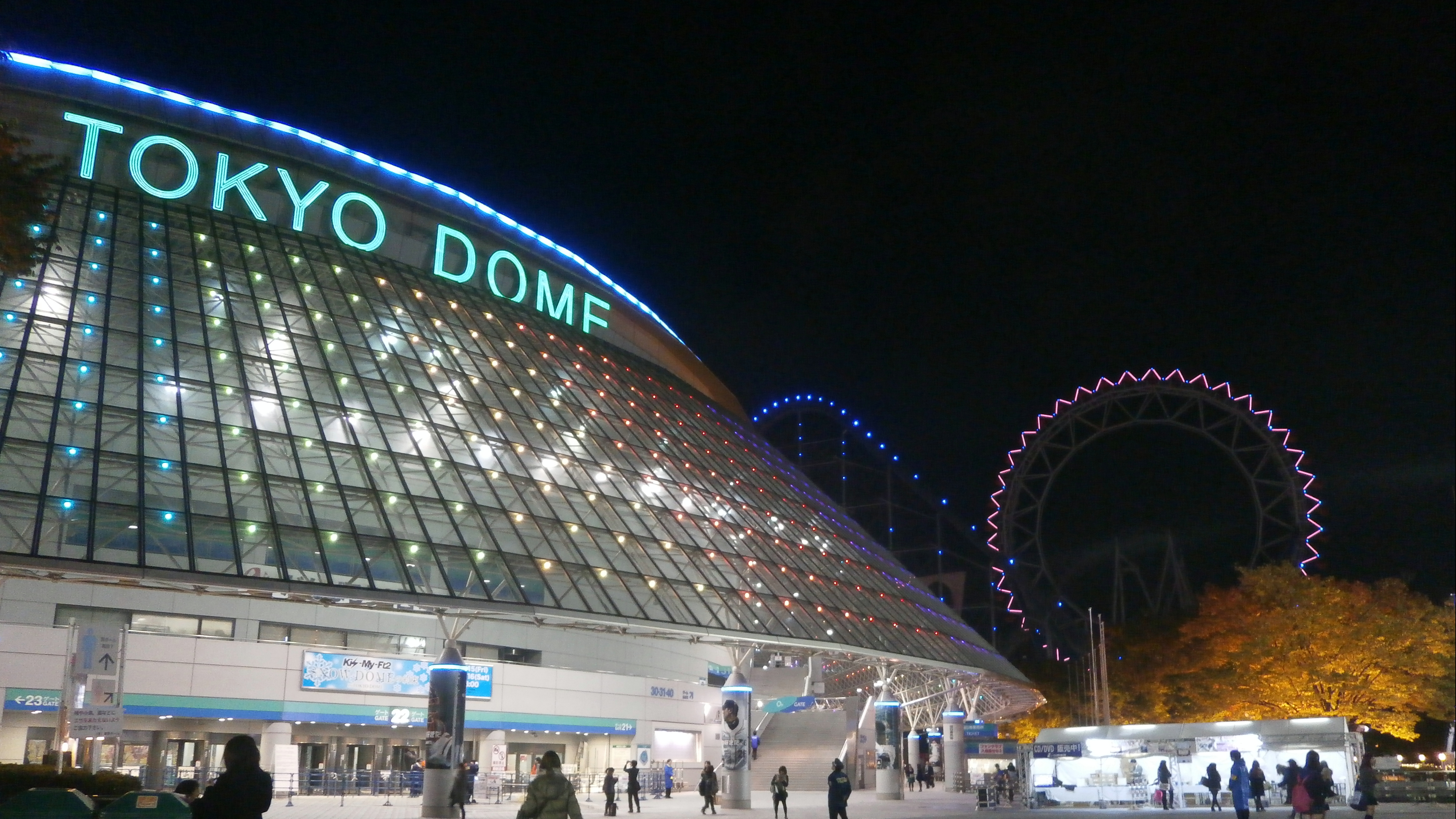
In the bustling city of Tokyo, the Tokyo Dome stands as a modern marvel, hosting baseball games, concerts, and a variety of events. Known as "The Big Egg," it is a symbol of Japan's love for baseball and entertainment. Nearby, the Imperial Palace offers a serene escape from the city's hustle and bustle, with its beautiful gardens and historic architecture. Visitors can explore the palace grounds, marveling at the blend of traditional Japanese design and modern urban life. Together, the Tokyo Dome and the Imperial Palace embody Japan's fusion of modernity and tradition, inviting visitors to experience the unique culture and history of Tokyo.
14. Anfield and the Liverpool Waterfront: England's Maritime and Sporting Heritage
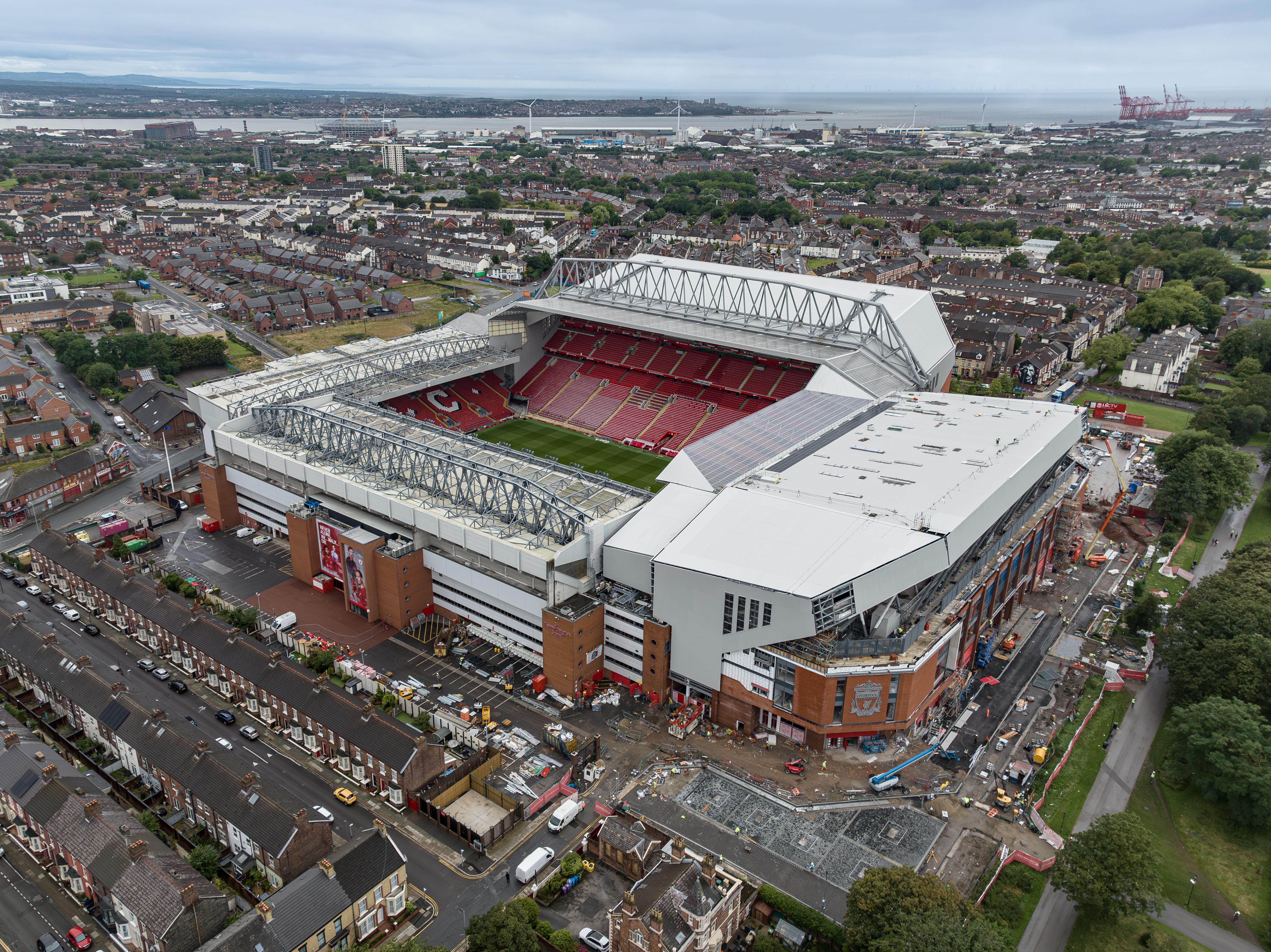
In Liverpool, Anfield is a cathedral of football, home to Liverpool FC and known for its passionate fans and iconic "You'll Never Walk Alone" anthem. This historic stadium is a symbol of the city's love for football and its storied history. Nearby, the Liverpool Waterfront, a UNESCO World Heritage site, offers a glimpse into the city's maritime past. Visitors can explore the historic docks, museums, and galleries, learning about Liverpool's role as a major port city. Together, Anfield and the Liverpool Waterfront highlight England's maritime and sporting heritage, inviting visitors to explore the dynamic history and culture of Liverpool.
15. Olympic Stadium and the Acropolis: Athens' Timeless Sporting and Cultural Legacy
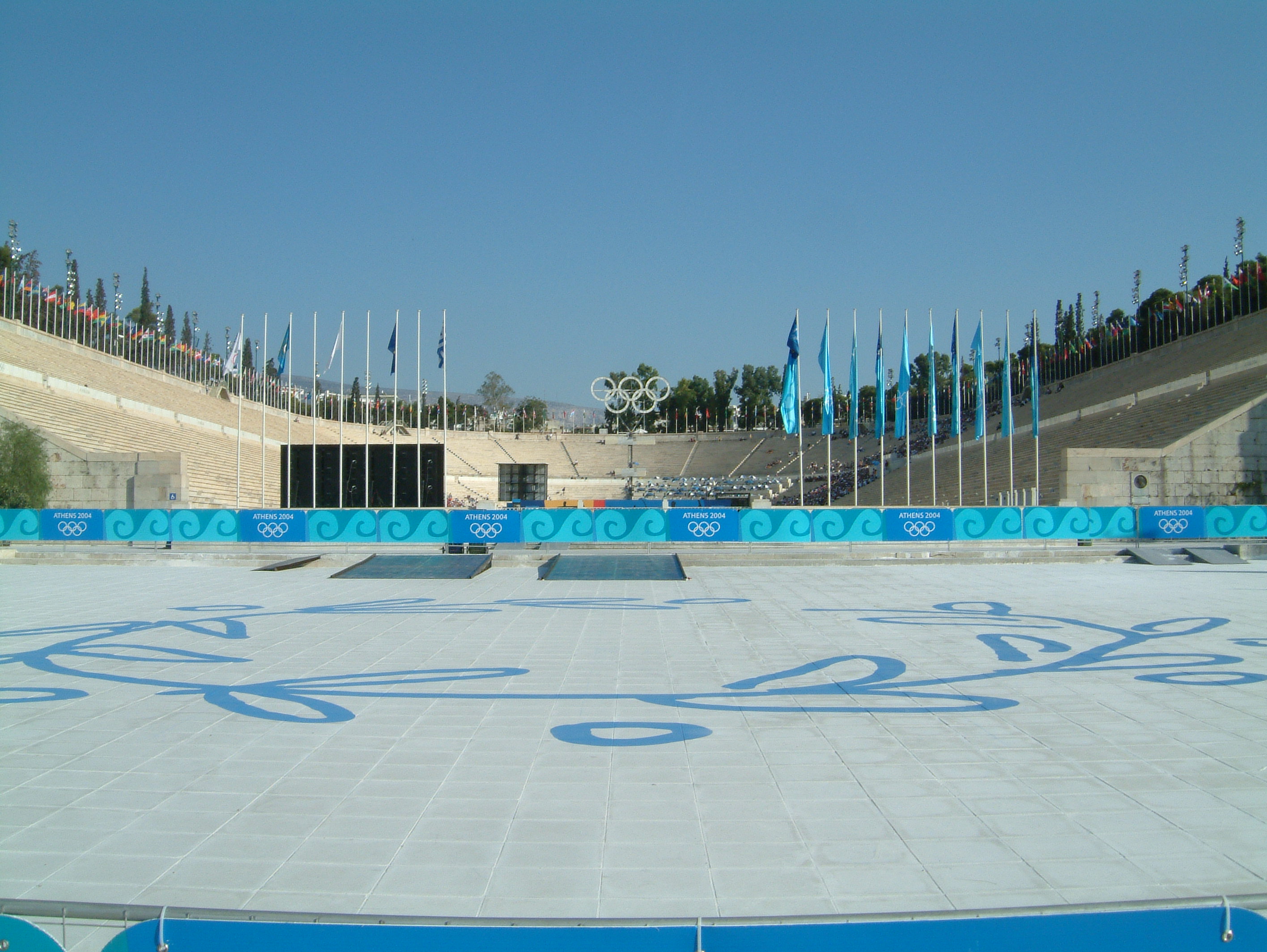
In Athens, the Olympic Stadium is a symbol of Greece's rich sporting heritage, having hosted the 2004 Olympic Games and numerous other events. This modern stadium stands as a testament to the country's love for sports and its enduring legacy. Nearby, the Acropolis, a UNESCO World Heritage site, offers a glimpse into ancient Greek history and culture. Visitors can explore the Parthenon, the Erechtheion, and other historic structures, marveling at the architectural brilliance of ancient Greece. Together, the Olympic Stadium and the Acropolis highlight Athens' timeless sporting and cultural legacy, inviting visitors to explore the rich history and vibrant culture of Greece.
16. Luzhniki Stadium and the Kremlin: Russia's Grand Sporting and Political Landmarks
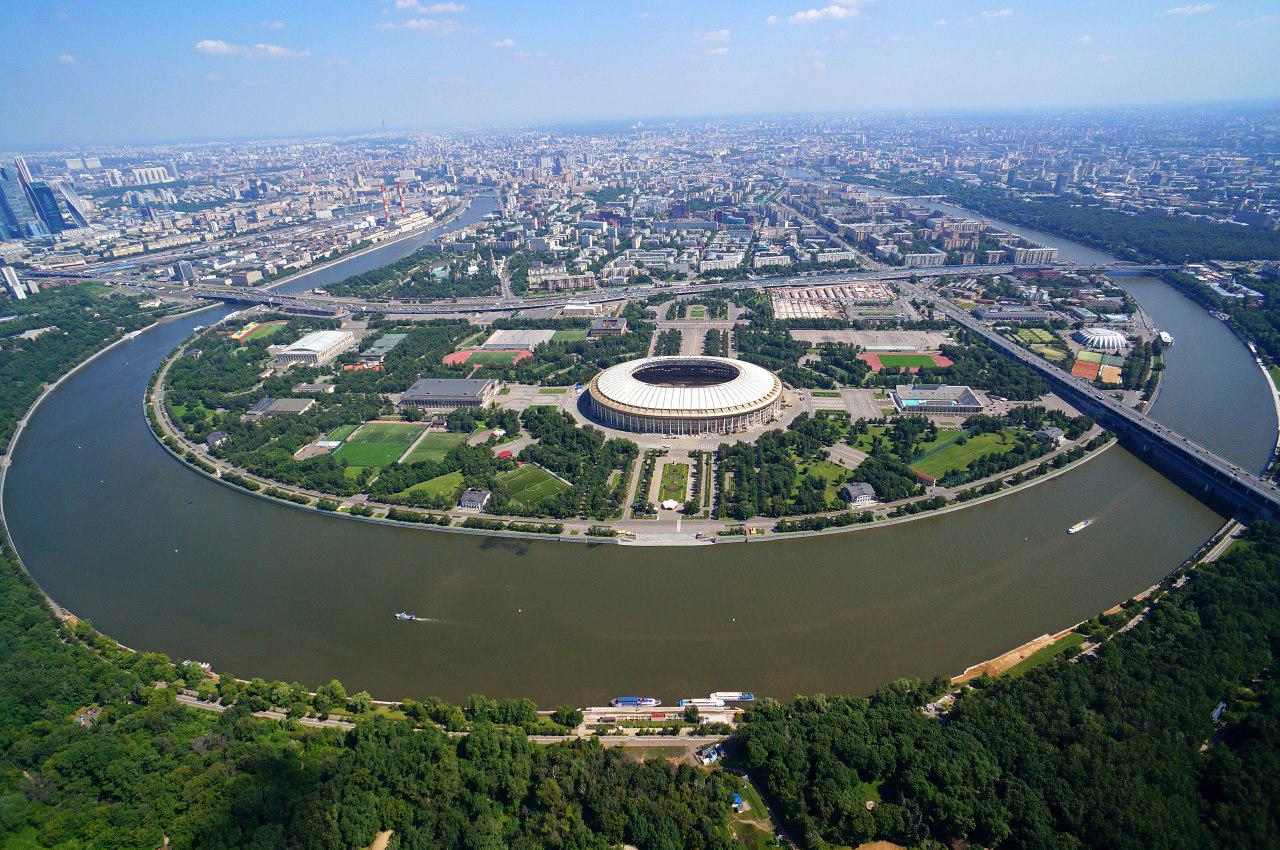
In Moscow, the Luzhniki Stadium is a symbol of Russia's sporting excellence, having hosted the 2018 FIFA World Cup and numerous other events. This iconic stadium is a testament to the country's love for sports and its rich history. Nearby, the Kremlin, a UNESCO World Heritage site, stands as a symbol of Russia's political power and historical significance. Visitors can explore the historic buildings, museums, and cathedrals, learning about Russia's rich cultural and political history. Together, the Luzhniki Stadium and the Kremlin highlight Russia's grand sporting and political landmarks, inviting visitors to explore the dynamic history and culture of Moscow.
17. Oracle Park and the Golden Gate Bridge: San Francisco’s Scenic Double Play
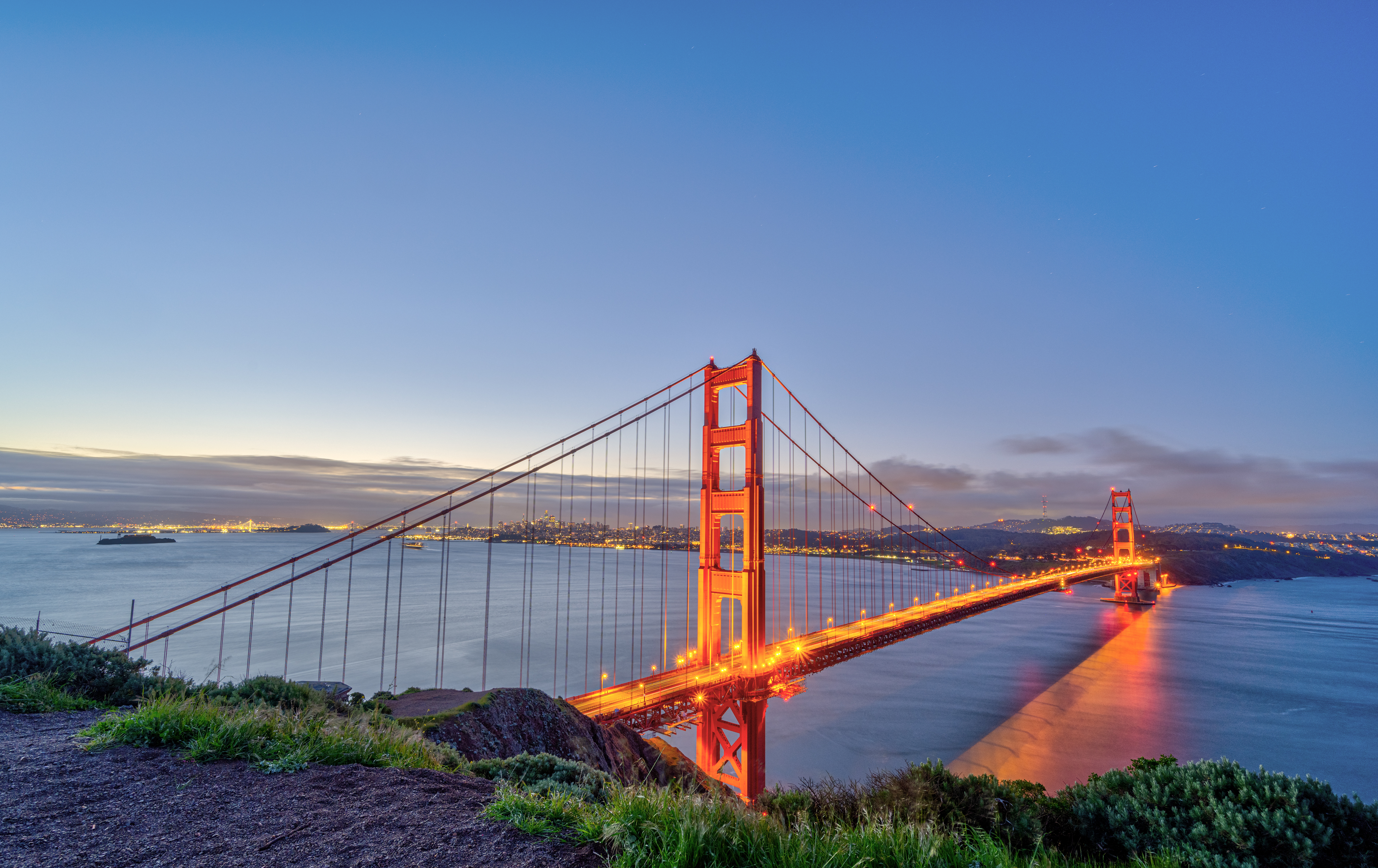
Oracle Park offers one of the most visually stunning baseball experiences in the world—think home runs sailing into McCovey Cove with kayakers scrambling to retrieve them. But just a few miles away, the Golden Gate Bridge steals the spotlight with its cinematic curves and global fame. While tourists flock to photograph the bridge’s towering red span, Oracle quietly delivers views just as breathtaking—city skyline, bay waters, and sunset backdrops. For those who venture into the stadium, it’s more than just baseball—it’s San Francisco distilled: quirky, bold, and impossible to forget. Two icons, one city, equally unforgettable.
18. Celtic Park and Glasgow Cathedral: Scotland’s Roar Beneath the Steeple
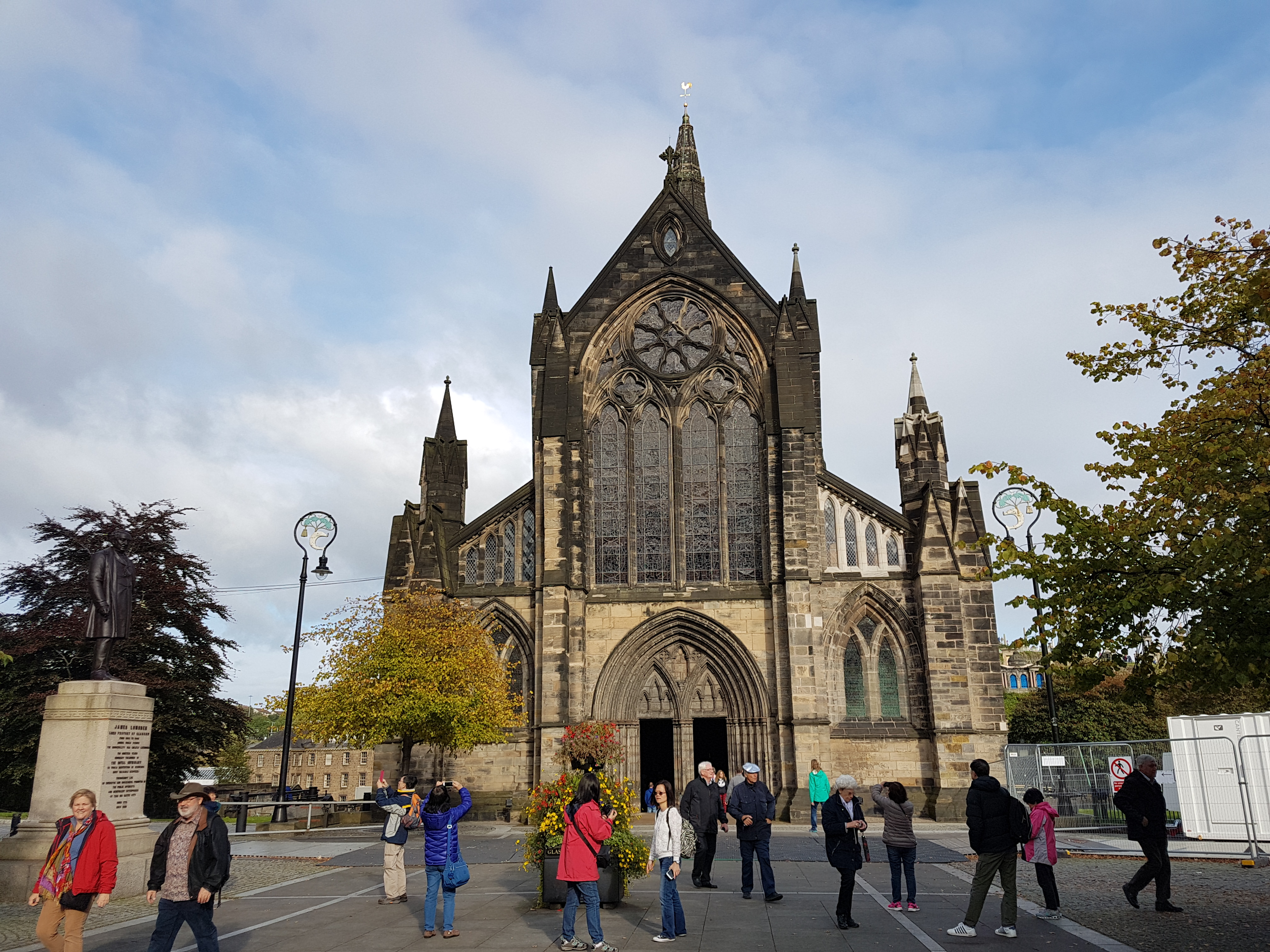
Celtic Park is no ordinary football stadium—it’s the beating heart of Glasgow’s east end and the spiritual center for Celtic FC’s die-hard fans. Yet many visitors’ eyes turn instead to the medieval grandeur of Glasgow Cathedral, a gothic masterpiece perched just a few blocks away. While the Cathedral offers hushed reverence and centuries of sacred history, Celtic Park delivers another kind of awe—roaring crowds, green-and-white energy, and decades of football legend. Together, they form a portrait of Glasgow’s soul: sacred and spirited, ancient and alive, where every brick tells a story of belonging.
19. Sapporo Dome and Mount Moiwa: Japan’s Hidden Twin Spectacles
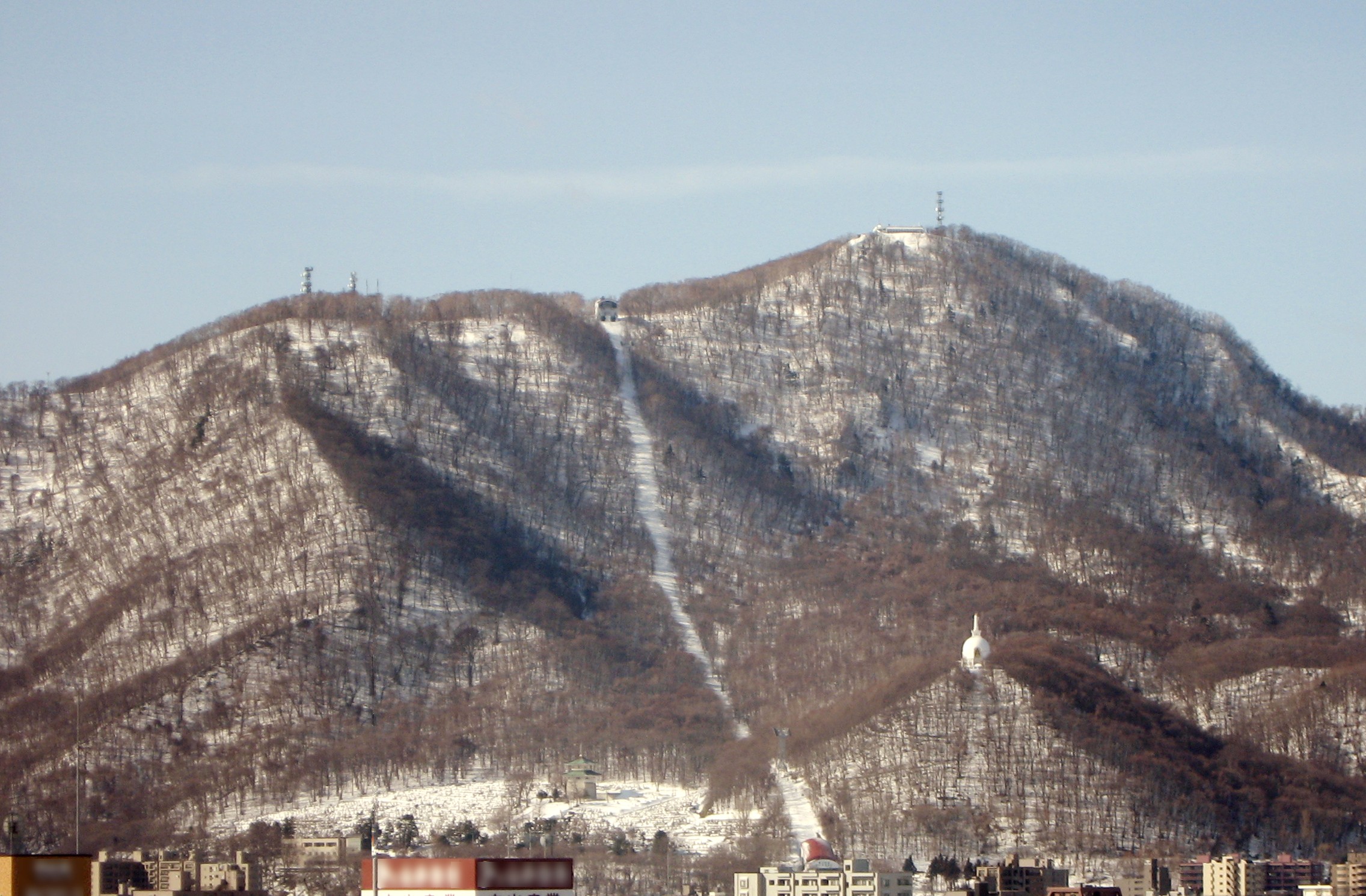
Tucked in the northern city of Sapporo, the Sapporo Dome is a marvel of engineering—it can switch between baseball and soccer fields with mechanical precision. But most tourists overlook it, choosing instead to scale nearby Mount Moiwa for sweeping night views of the city lights. What they miss is one of the world’s most versatile stadiums, home to innovation and national pride. Whether blanketed in snow or lit up during summer games, the Dome is a quiet testament to Japan’s tech-forward ingenuity—just as iconic as the panoramic skyline glimpsed from the mountaintop.
20. Rajamangala National Stadium and the Grand Palace: Bangkok’s Parallel Icons
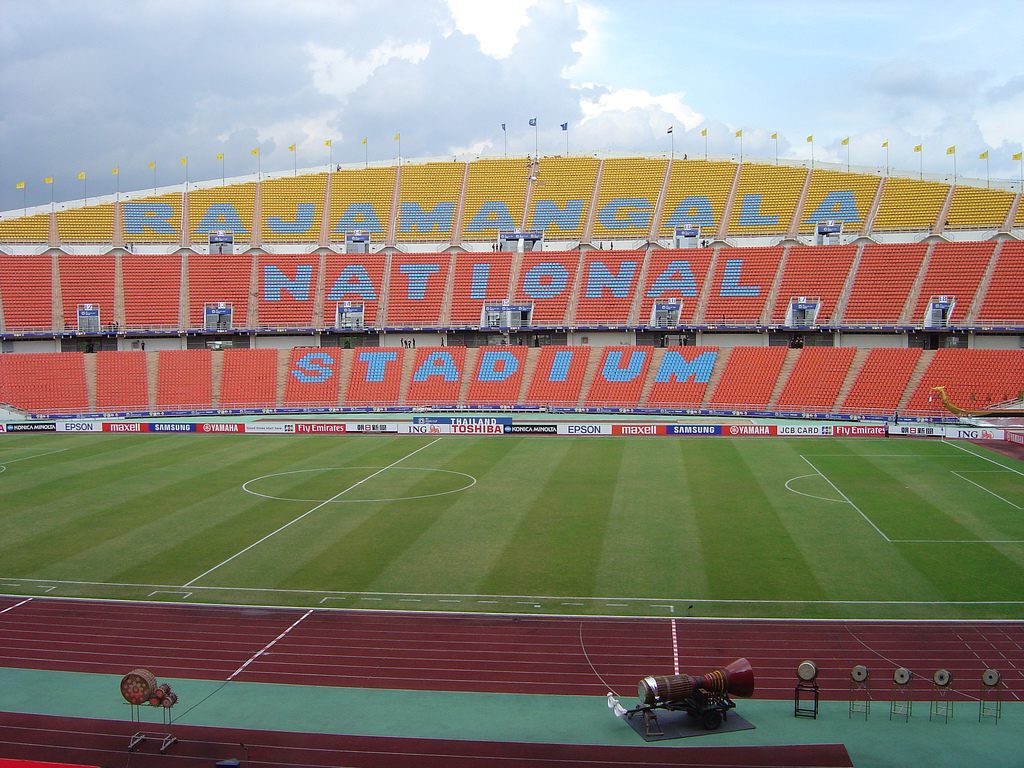
Bangkok dazzles with golden spires and royal pageantry, most famously in the Grand Palace—a magnet for history lovers and Instagrammers alike. But venture east and you’ll find Rajamangala National Stadium, Thailand’s largest sporting venue and a pulsing heart of national unity during football matches. Where the palace evokes reverence, the stadium summons passion—two forms of spectacle, equally defining. Rajamangala might not make the travel brochures, but step inside during a match, and you’ll feel another kind of Thai pride rise with every chant and cheer. It’s Bangkok in full voice, not just full color.
21. Rose Bowl and the Hollywood Sign: L.A.’s Quiet Power Play
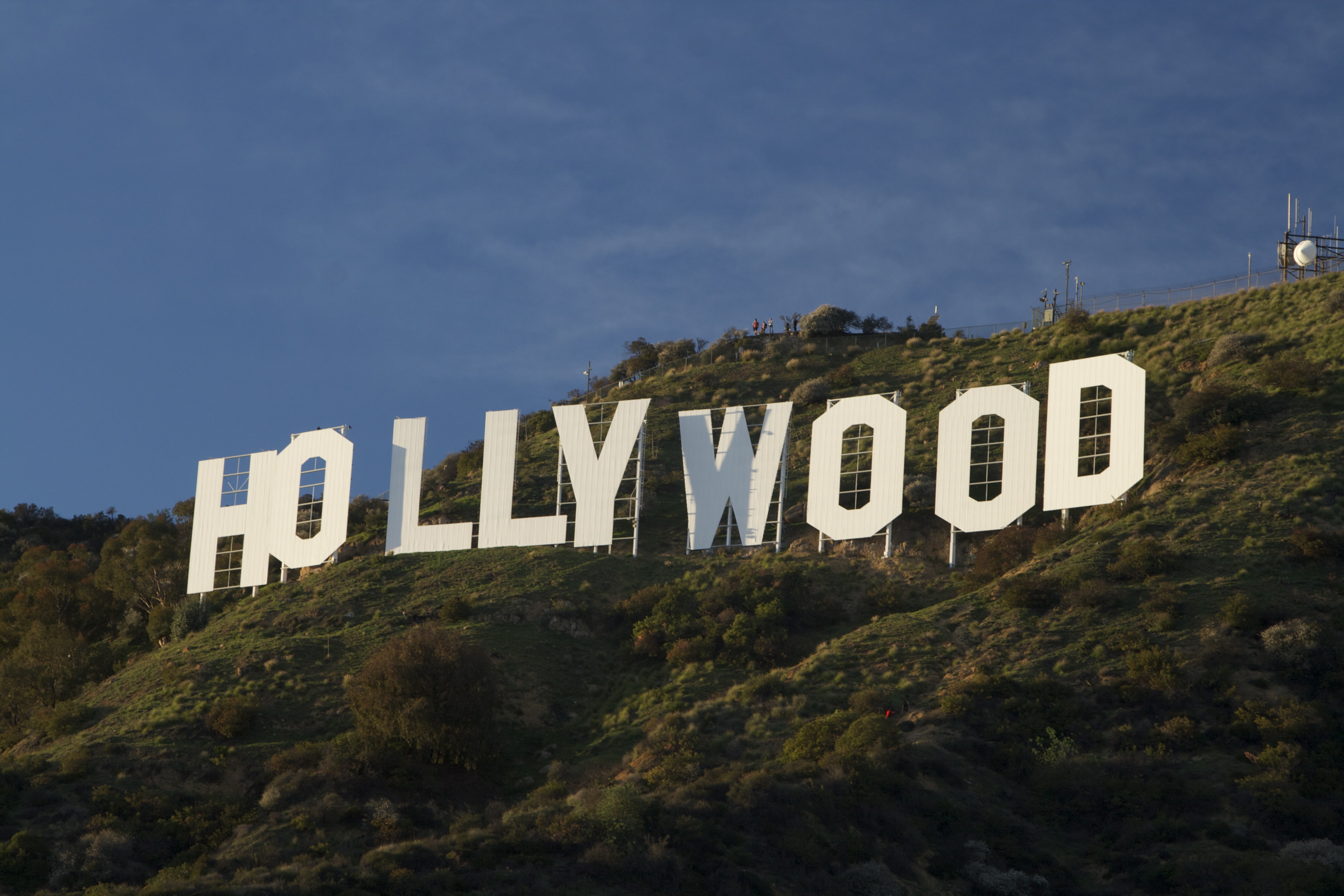
Los Angeles is a city built on spectacle, and no landmark says “Hollywood” like, well, the Hollywood sign itself. But just northeast, in sun-drenched Pasadena, sits the Rose Bowl—a stadium as legendary in its own right. With a legacy stretching from Super Bowls to iconic concerts and the Tournament of Roses parade, the Rose Bowl is woven into America’s cultural fabric. Yet it's often upstaged by the glitz of Tinseltown. Don’t let the modest façade fool you—inside, it’s a coliseum of memory and pageantry. One symbolizes dreams on-screen; the other, dreams on the field. Both, unmistakably L.A.
Beyond the Landmarks, Into the Heartbeat

It’s easy to follow the crowds to the postcard landmarks—to crane your neck at towers, palaces, and castles that have come to define entire cities. But look just past them, and you’ll find the real pulse: stadiums echoing with chants, history, and hometown pride. These arenas are more than steel and turf; they’re emotional epicenters, cultural time capsules, and architectural feats in their own right. Each one we’ve explored stands quietly beside something more famous, yet tells a story just as rich—of resilience, ritual, and community. So the next time you travel, don’t just look up. Look around. Because sometimes, the most unforgettable experiences aren’t framed in stone or spotlight—but in the roar of a crowd, the rhythm of a city, and the soul of a stadium that dares to hold its own beside giants. After all, true icons don’t compete with landmarks—they become them.



